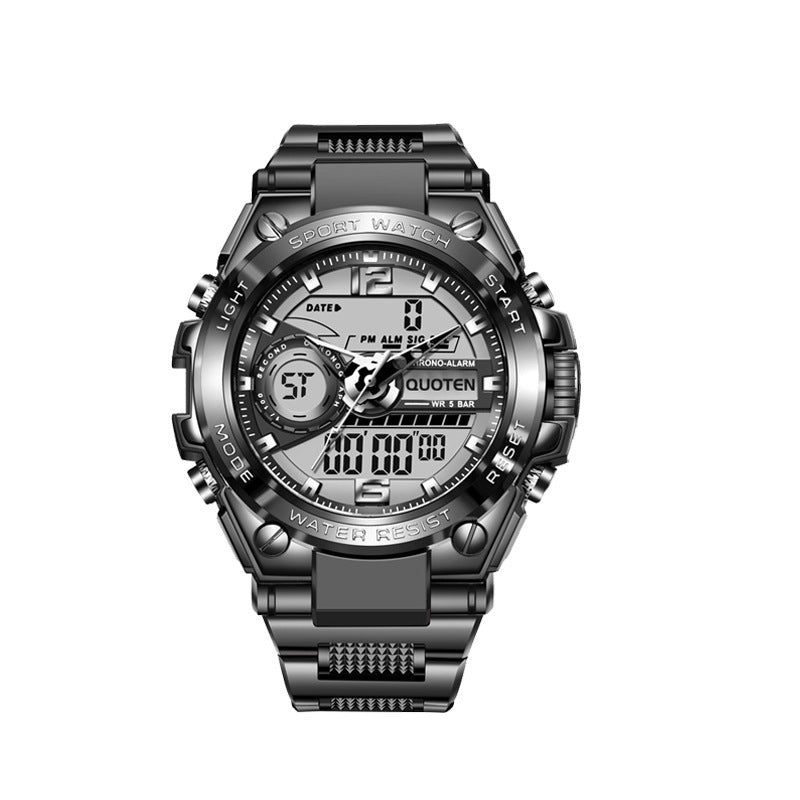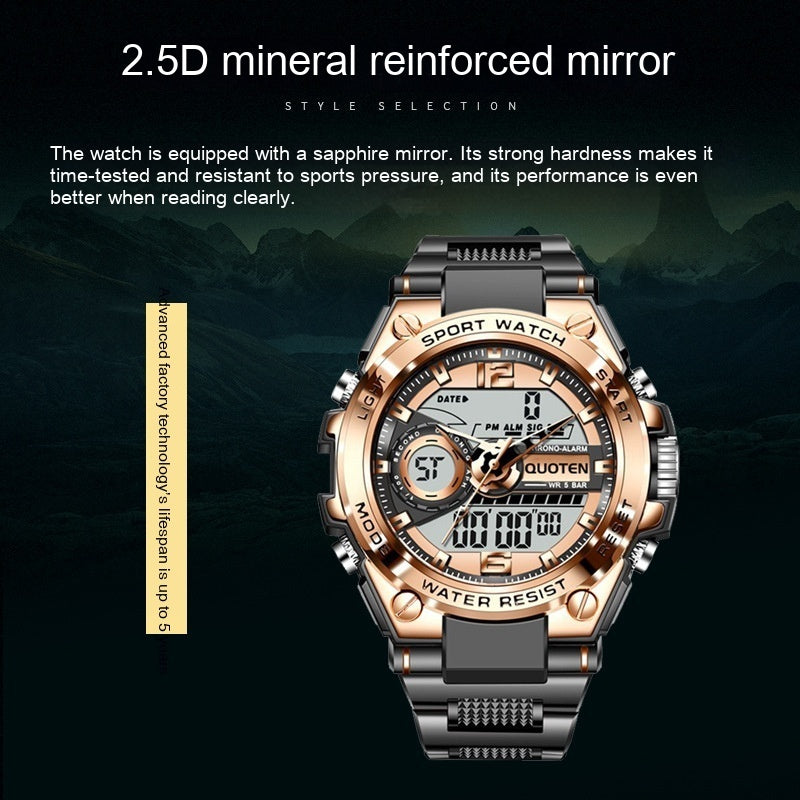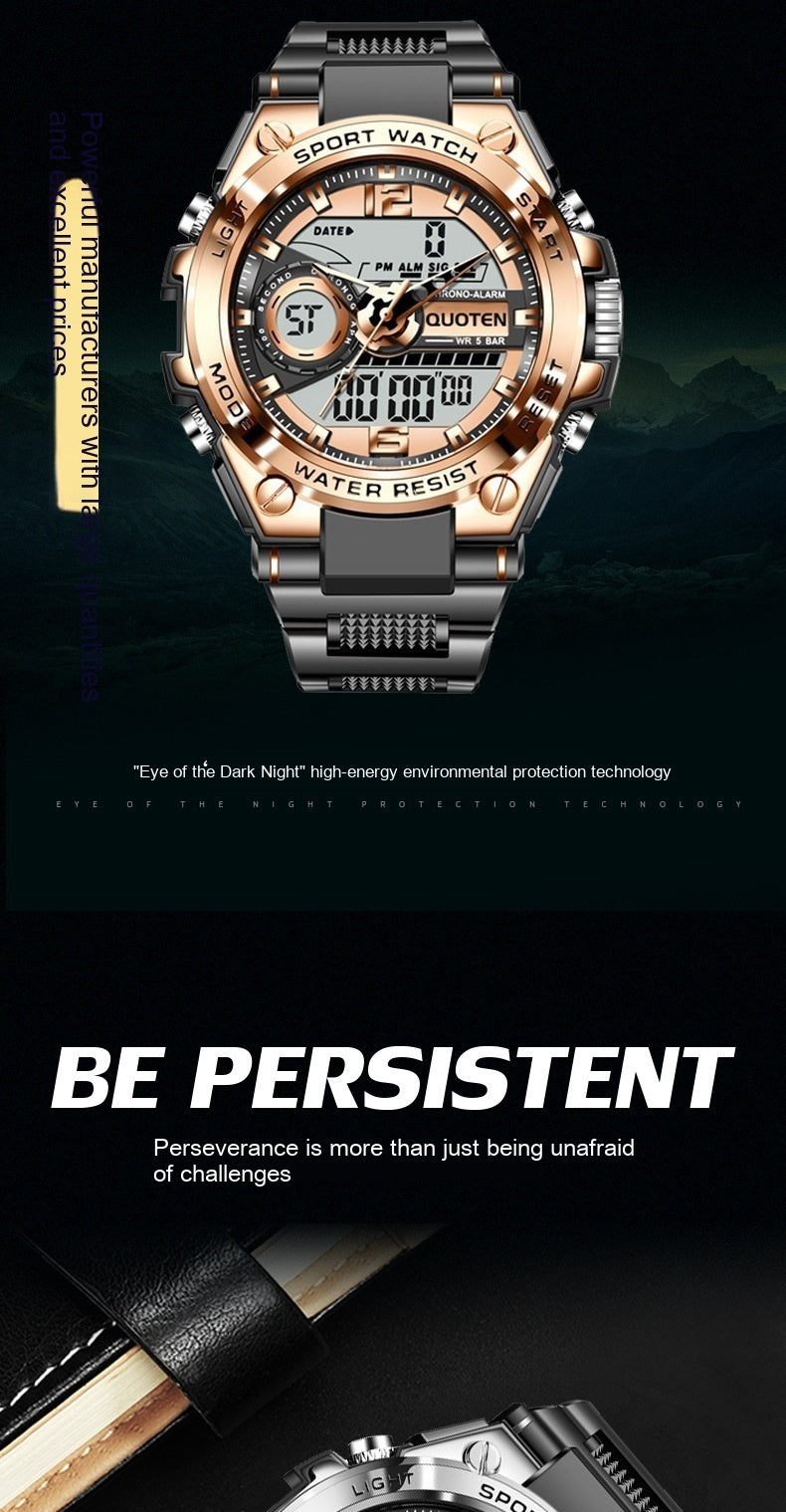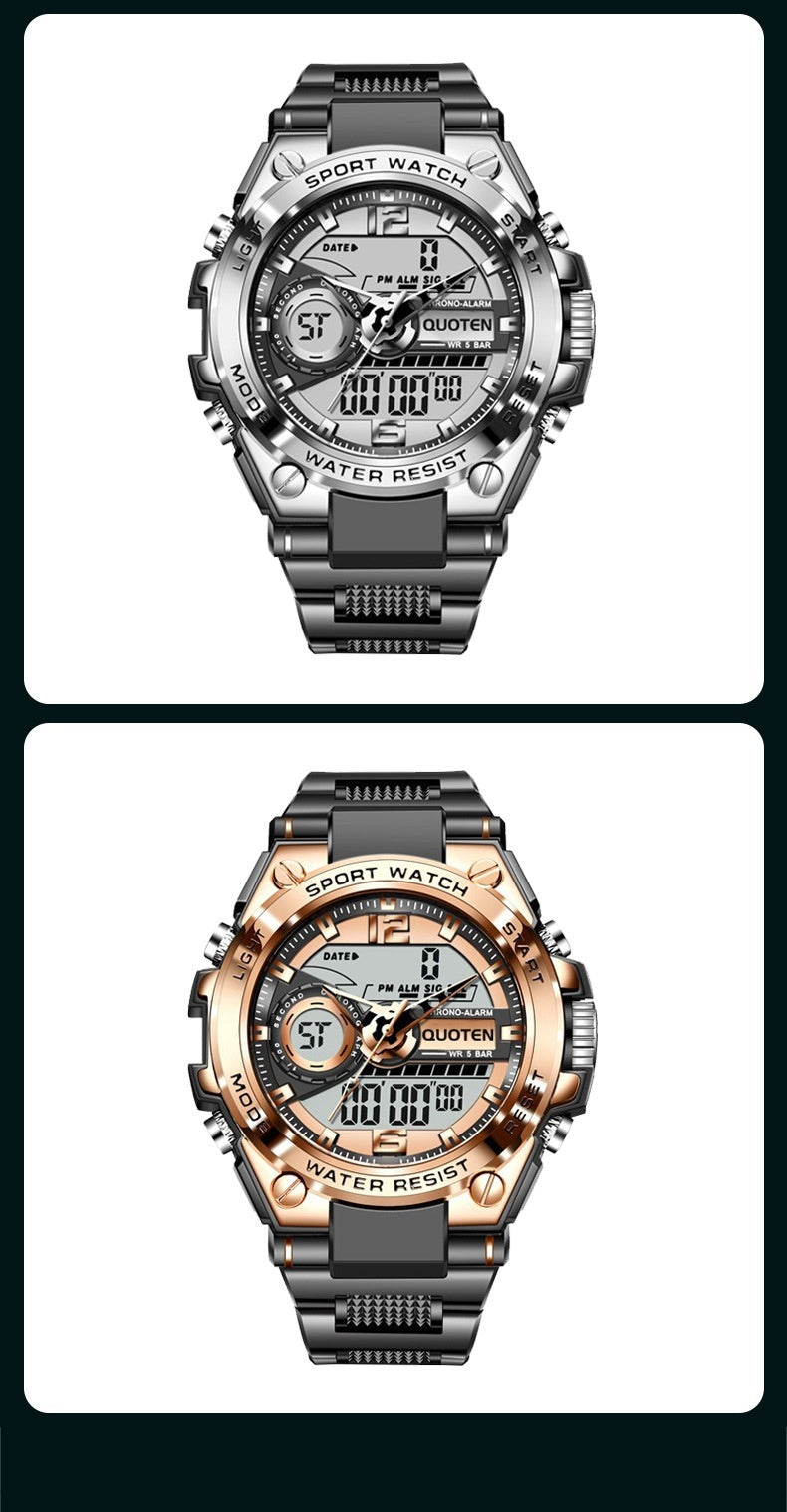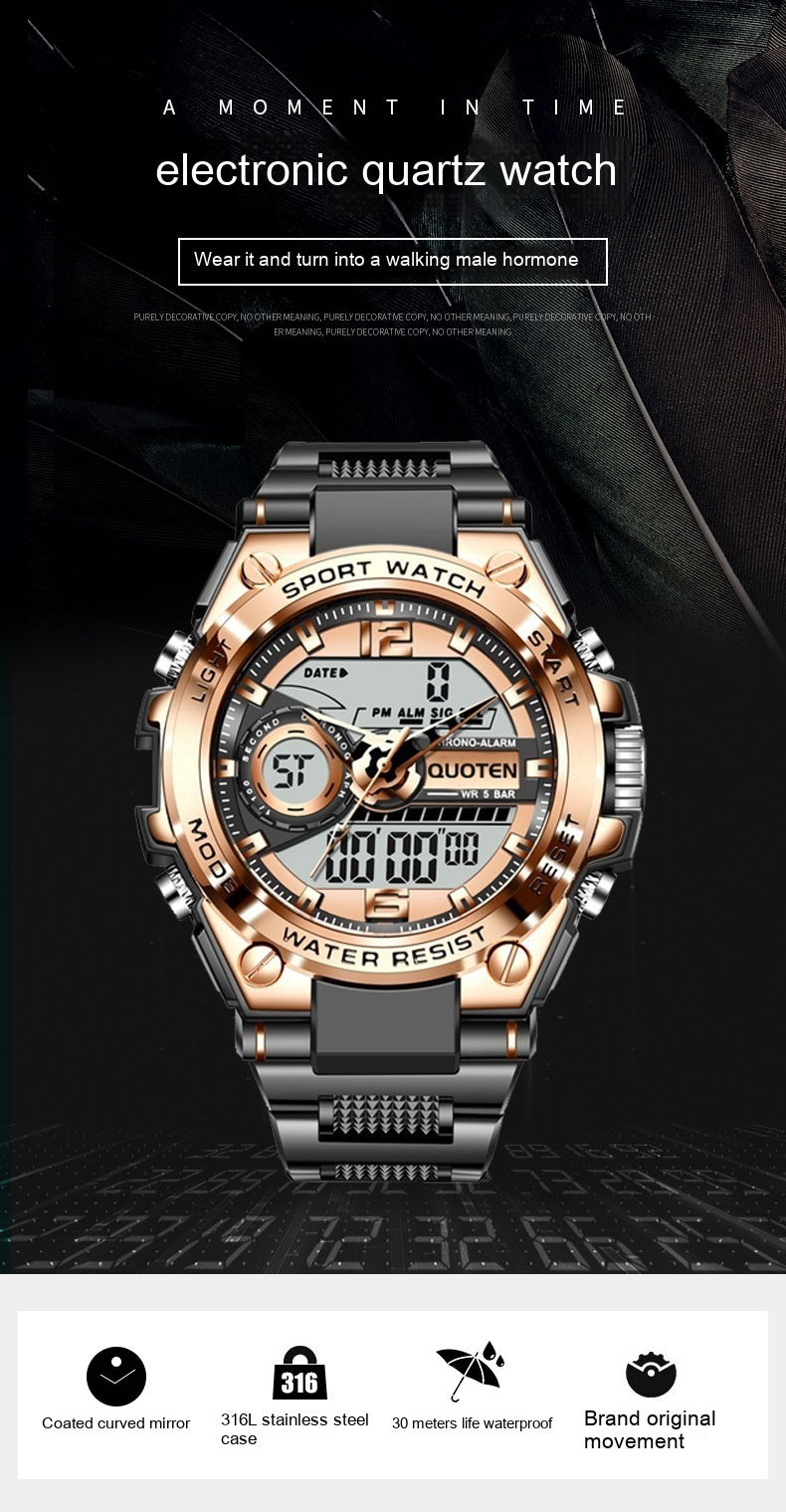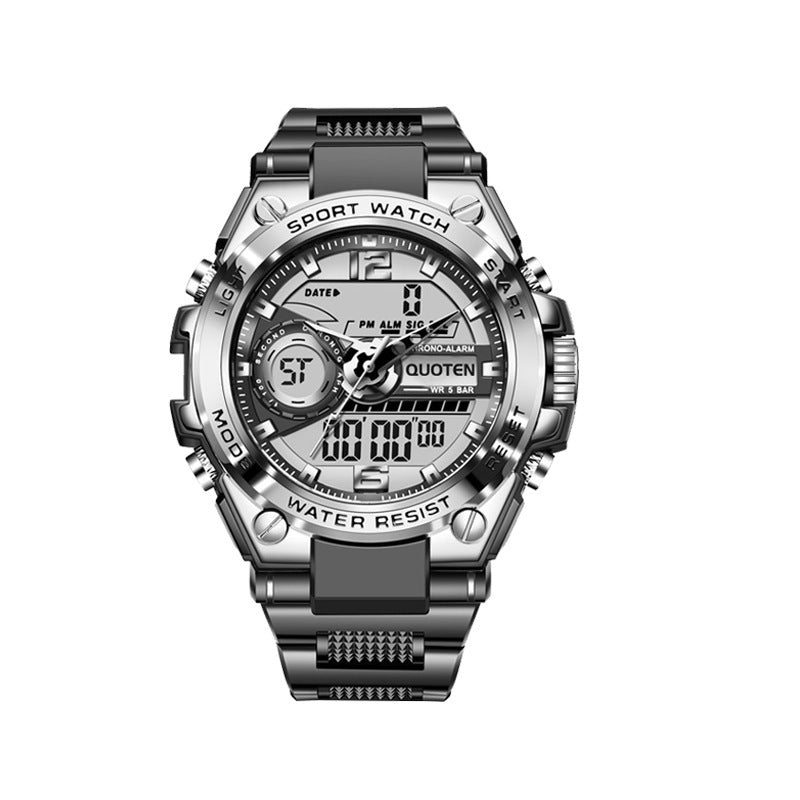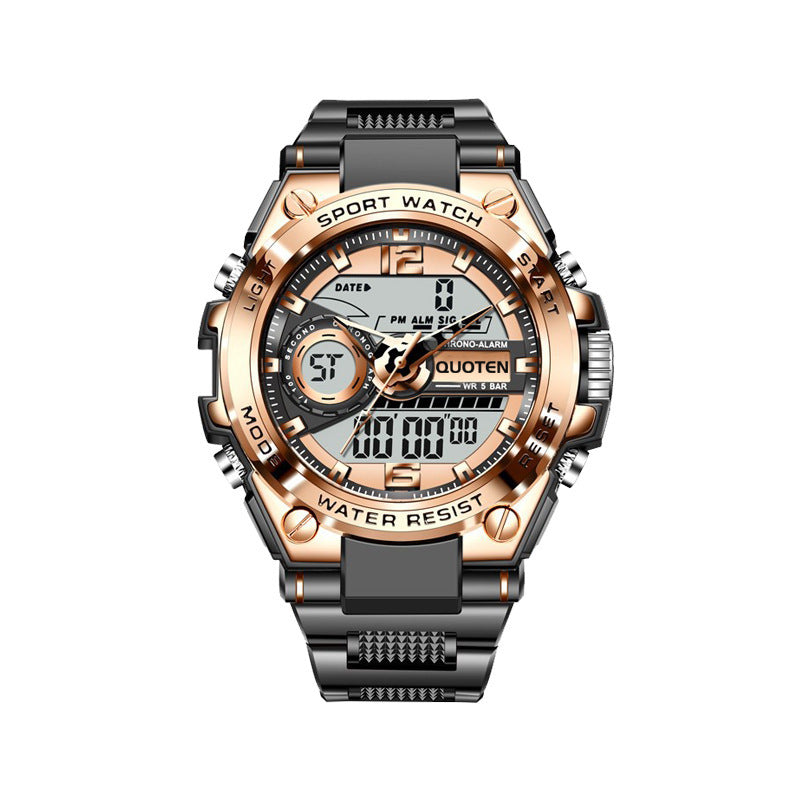The evolution of wrist watches is a fascinating tale that weaves together art, innovation, and personal expression. From humble beginnings as practical tools to today’s sophisticated style statements, wrist watches have captured the imagination of generations. In this blog, we take you on a journey through time, exploring the milestones that have defined the history of wrist watches and highlighting modern designs that pay homage to this timeless legacy.
1. Early Beginnings and Military Influence
Wrist watches first gained prominence in the early 20th century. Initially designed for military use, these timepieces were crafted for reliability and precision under challenging conditions. Their practicality on the battlefield soon paved the way for widespread civilian adoption, establishing the wrist watch as an essential accessory.
2. The Rise of Fashion and Innovation
As technology advanced, wrist watches began to merge functionality with fashion. Designers started to experiment with materials and aesthetics, making the timepiece a reflection of personal style. Today, watches are more than just instruments for keeping time; they are celebrated for their design and innovative features. For example, the Fashion Trend Simple Quartz Mens Watch embodies this perfect blend of elegance and modern style.
3. Technological Advancements
The second half of the 20th century saw rapid advancements in watch technology. The introduction of quartz movements revolutionized timekeeping, offering unparalleled accuracy and reliability. This era marked the shift from traditional mechanical watches to more precise and durable timepieces. Many modern sports and casual watches, like the Waterproof Quartz Sports Watch, continue to benefit from these innovations, ensuring they perform under any circumstance.
4. The Digital Age and Smart Connectivity
The dawn of the digital age brought about the integration of smart features in wrist watches. Today’s timepieces do more than just tell time—they connect with smartphones, track fitness activities, and even monitor health metrics. The fusion of traditional craftsmanship with digital innovation is evident in designs like the Smart Watch Band Bracelet Leather Rope, which offers a modern twist on a classic accessory.
5. Celebrating Relationships Through Design
Wrist watches have also become a symbol of shared moments and connection. Couple’s watches, for instance, represent unity and mutual style. The Pointerless Couple Electronic Watch is a unique example of how modern design can celebrate personal bonds, making it a thoughtful gift or a meaningful addition to any relationship.
6. The Legacy Continues
From their origins on the battlefield to their status as cultural icons, wrist watches have continually evolved, reflecting the technological, social, and aesthetic shifts of each era. Today, they stand as a testament to enduring quality and innovation. Whether you prefer the classic charm of a mechanical watch or the modern convenience of a digital timepiece, each watch you wear is part of a rich, ongoing history.






